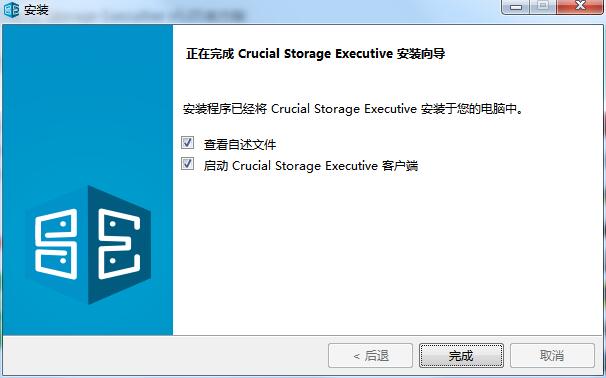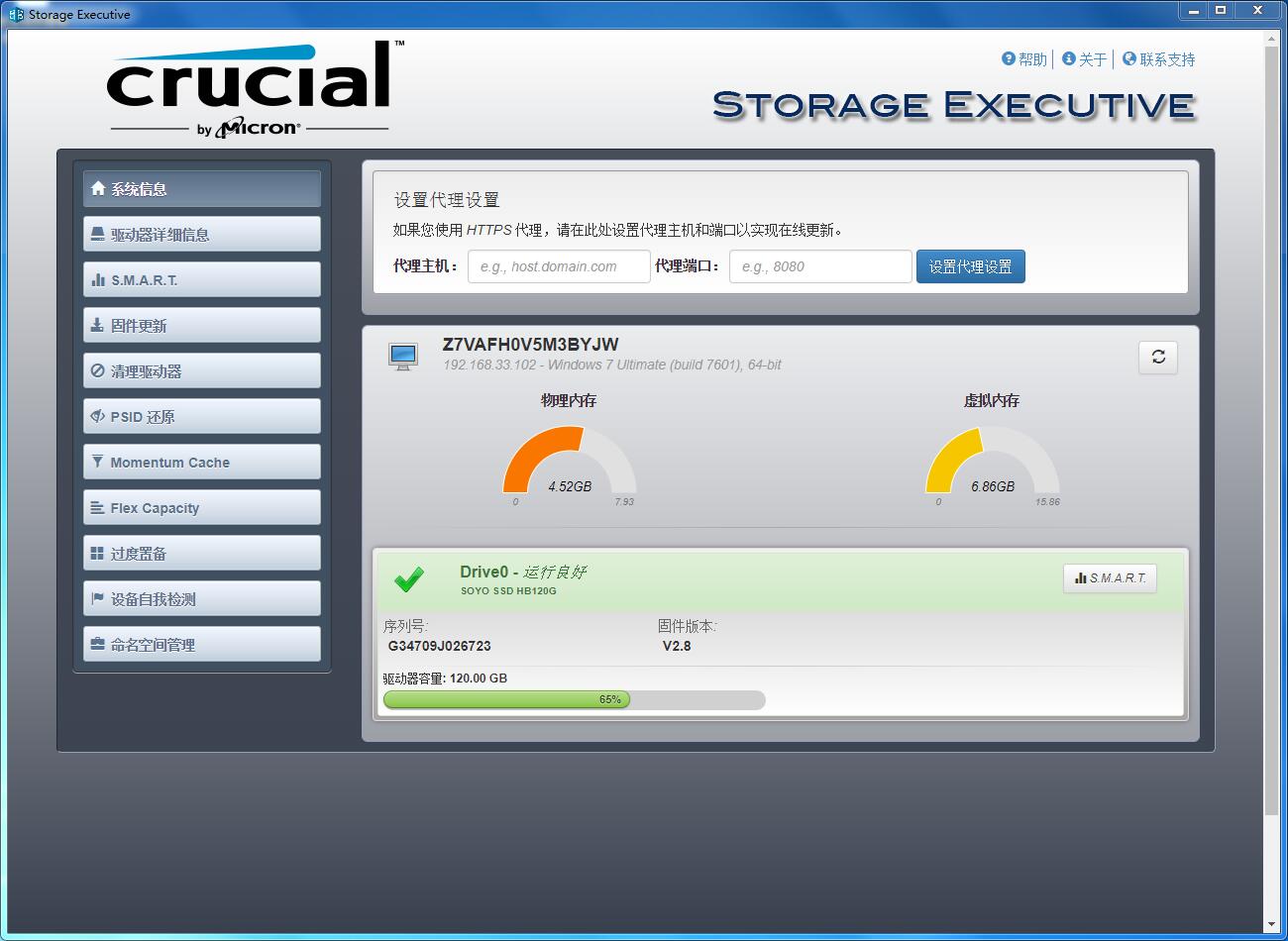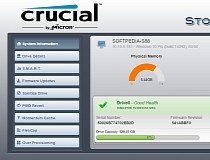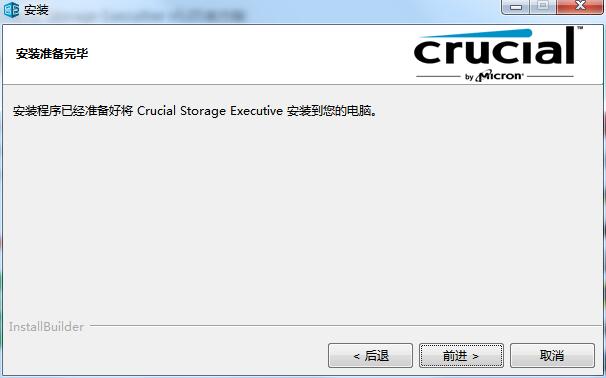

- #Crucial storage executive not starting how to#
- #Crucial storage executive not starting update#
- #Crucial storage executive not starting upgrade#
- #Crucial storage executive not starting software#
- #Crucial storage executive not starting plus#
I’ve been thinking of different ways to show the differences between storage drives for a while. To ensure that thermal bottlenecking did not negatively influence the results of my testing, I ordered QIVYNSRY m.2 SSD heatsinks to use with the SSDs I tested.
#Crucial storage executive not starting software#
Included in the box are the NVMe SSD, a M.2 screw, and a guide which covers warranty information and directs users to the Crucial website for other information and software tools.
#Crucial storage executive not starting plus#
The P3 Plus comes in a small, light cardboard box, protected by sealed plastic. If there are system configuration issues preventing optimal performance, the Storage Executive software will alert you to them. Verify your SSD’s model number for warranty claims.Monitor your SSD’s operating temperature and overall health.Enable the Momentum Cache feature and make many SSD operations up to 10x faster.Storage Executive SoftwareĬrucial offers it’s Storage Executive software available free of charge on it’s website. For secondary caching, the Phison controller will utilize up to 20% of the free space available in SLC mode.Īs this is a QLC drive it isn’t as fast as higher end TLC drives, but what it lacks in top speeds it makes up with an attractive price tag – it is currently available for $95 from Best Buy, NewEgg, and Amazon. This drive utilizes a DRAM-less design which utilizes system memory for primary caching. Micron claims that it’s 176-layer 3D NAND is ~25% faster than it’s previous 128-layer 3D NAND. This controller fully supports Microsoft’s DirectStorage technology.įor the actual storage itself, the P3 Plus utilizes QLC built using Micron’s 176-layer QLC 3D NAND. It is built using Phison’s PS5012-E21T, a quad-channel controller powered by a ARM Cortex-R5 CPU and manufactured using TSMC’s 12nm process node. The Crucial P3 Plus is designed for mainstream consumers looking for a good performing drive that doesn’t break the bank. Crucial’s lineup currently includes SATA & NVMe SSDs as well as DDR3, DDR4, and DDR5 RAM for desktops, laptops, and servers. Crucial is a brand of Micron Technology, which is one of the oldest and most well known names in the storage sector – it was founded 43 years ago in 1978 and is based out of Boise, Idaho, USA. Today we’ll be looking at the Crucial P3 Plus SSD.

The upgrader should run then.Verdict: Great writing performance, reasonable read performance. Boot from that Linux OS, then choose the second "default" option from the boot loader menu. rEFInd should be able to find a Linux OS on the internal HD.

Note that this does a byte-to-byte copy, so using a small USB drive if you can to save time. dd if=/dev/rdisk2s1 of=/dev/rdisk1s1 bs=4m. Use dd to copy the bootable USB drive to the internal HD, e.g.

#Crucial storage executive not starting upgrade#
I was trying to upgrade firmware for a Crucial m4 256G SSD on a mid-2012 27" iMac. Not sure if you have resolved the issue, but I'll explain how I did it here in case it's useful for other people. But how do I know if that DMG is up-to-date, reliable, and trustworthy? Even if it is, that route seems unnecessarily complicated. One part recommends using rEFIt-Syslinux.dmg_.zip. I've also read Updating firmware on Macs without a superdrive too. I tried two different sticks to reduce the chances that it was a hardware issue. The steps seemed to work, but the resulting USB stick would not boot.
#Crucial storage executive not starting how to#
I've have waded through a muck of articles about how to copy an ISO to a bootable USB stick, but I have not found a solution that works and that I'm comfortable trying.įor example, I read How do I burn an ISO on a USB drive on Mac OS X? and followed the steps. (As of this writing, the latest is Crucial_m4_040H-04-00.zip.) If necessary, I will reluctantly use a commercial tool. I hope that means using only built-in Mac software, such as Disk Utility and Terminal for commands.
#Crucial storage executive not starting update#
I want to start with the Crucial SSD Firmware Update and copy the ISO to a bootable Mac USB stick, using a minimal set of tools.


 0 kommentar(er)
0 kommentar(er)
